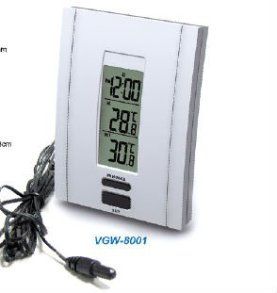Associate
- Joined
- 31 Jan 2013
- Posts
- 105
Hi guys,
I have a query for you guys regarding my PC. Recently I decided to download some games from the AMD Reloaded pack and it seems to be causing my PC to crash often. I built my PC after buying it from Overclockers back in May and have never had a problem with it. I used it primarily for CS-GO and Dota2 so it wasnt being used for any graphically intense games.
I recently decided to play games that have higher graphics requirements to test out the system that I had spent a fair bit of money on. I have been playing Borderlands 2, Far Cry 3 and Tomb Raider all at Maxed out Ultra settings at 1920 x 1080 resolution. The frame rates are fantastic and there is no lag whatsoever but for some odd reason after about 10-15 minutes of playing my PC "crashes". The screen turns black / green. I can still hear the sounds of the game and can still talk to my mates talking in the background on our VOIP Chat system teamspeak but my image never comes back.
I'm guessing this has to do something with my PC overheating? My specs are as follows:
Intel 3570k i5 (running at stock speed - have not bothered overclocking)
Motherboard: Gigabyte Z77N WIFI
Video Card: AMD 7870XT Black edition.
Case: Bitfenix Prodigy
Cooler: Corsair H60 and 3 Bitfenix / Corsair case fans.
Let me know if you guys require any further information in order to reach a possible solution.
Regards,
I have a query for you guys regarding my PC. Recently I decided to download some games from the AMD Reloaded pack and it seems to be causing my PC to crash often. I built my PC after buying it from Overclockers back in May and have never had a problem with it. I used it primarily for CS-GO and Dota2 so it wasnt being used for any graphically intense games.
I recently decided to play games that have higher graphics requirements to test out the system that I had spent a fair bit of money on. I have been playing Borderlands 2, Far Cry 3 and Tomb Raider all at Maxed out Ultra settings at 1920 x 1080 resolution. The frame rates are fantastic and there is no lag whatsoever but for some odd reason after about 10-15 minutes of playing my PC "crashes". The screen turns black / green. I can still hear the sounds of the game and can still talk to my mates talking in the background on our VOIP Chat system teamspeak but my image never comes back.
I'm guessing this has to do something with my PC overheating? My specs are as follows:
Intel 3570k i5 (running at stock speed - have not bothered overclocking)
Motherboard: Gigabyte Z77N WIFI
Video Card: AMD 7870XT Black edition.
Case: Bitfenix Prodigy
Cooler: Corsair H60 and 3 Bitfenix / Corsair case fans.
Let me know if you guys require any further information in order to reach a possible solution.
Regards,



